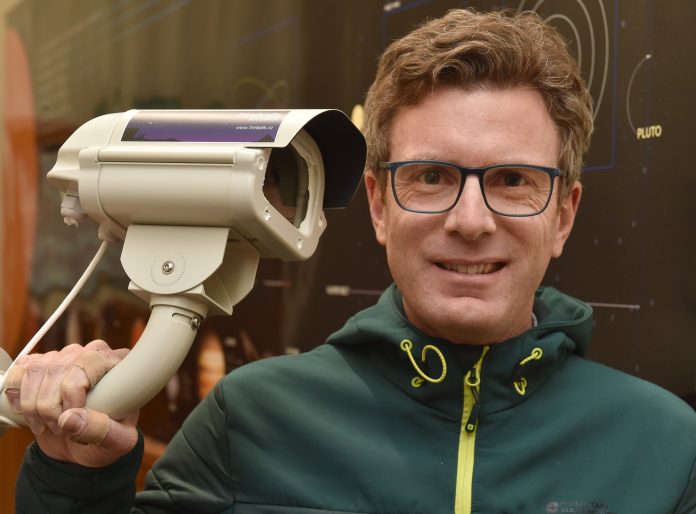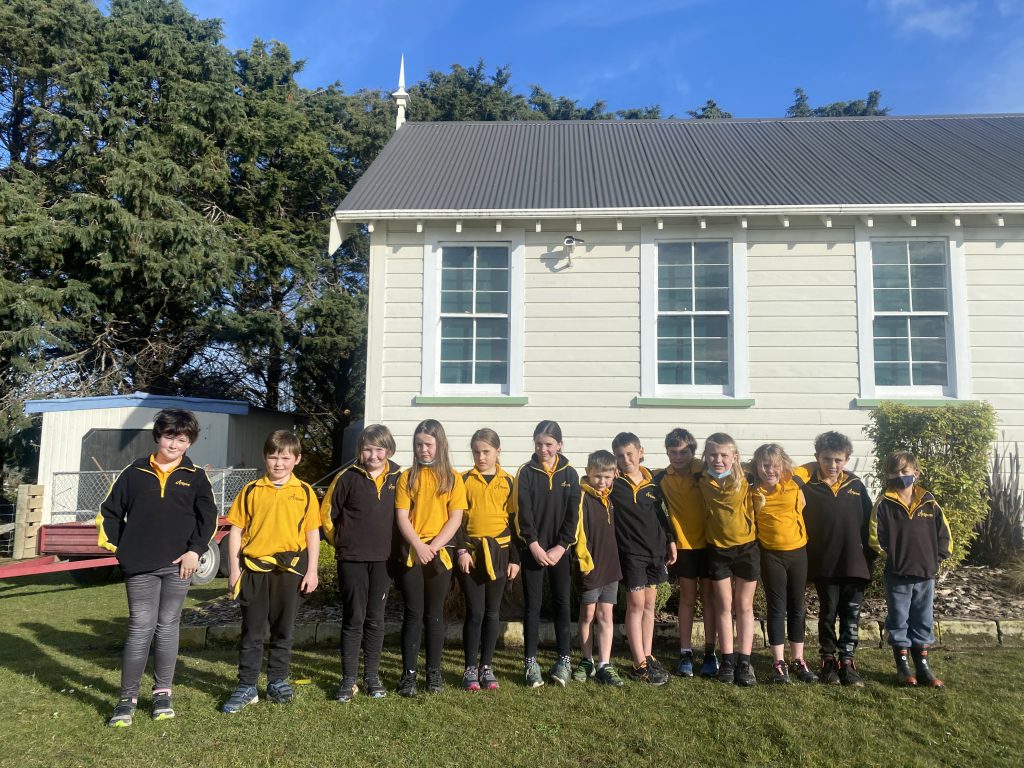
A newly-installed network of cameras is scanning Oamaru’s night skies for meteors.
After receiving $20,000 from the Participatory Science Platform, a Ministry of Business, Innovation and Employment Curious Minds initiative, University of Otago associate professor in geology Dr James Scott has been installing a network of cameras across Otago, in schools and other community locations.
In Oamaru, they have been installed at Ardgowan and Papakaio Schools, and at Oamaru astronomer Damien McNamara’s home observatory.
Each camera captured about 90 degrees width, so Dr Scott was seeking a fourth, south-facing location for a camera to be able to capture the entire night sky above the North Otago town.
The project, named Fireballs Aotearoa, aims to record the path of meteors in the night sky, and recover freshly-fallen meteorites following fireball events. Very few meteorites were able to be found and recovered, Dr Scott said.
‘‘It’s really hard to work out where those materials would be, without being able to work out the trajectory of the fireball,’’ he said.
‘‘With distribution of cameras around the place, we can triangulate those, and we can triangulate the fireball and establish where the debris would be scattered — and then what we would do is we would go out and do a grid search for it.’’
The cameras will also link to the Global Meteor Network. The images captured will be uploaded to the global network, which is publicly accessible, so everyone can see what is being captured.
‘‘We’re actually contributing to something much larger than simply what’s the night sky above Oamaru — we’re actually providing insights into the meteor showers in the southern hemisphere,’’ Dr Scott said.
The cameras captured the night sky constantly. The Ardgowan School camera recently recorded 130 meteors in the sky above Oamaru in one night.
‘‘For the most part, these are skimming the atmosphere and not coming anywhere near the surface of the Earth, but every now and then there’s a big one, and when that big one . . . gets to a lower altitude, that’s the ones that we’re after for recovering meteorites.’’
Ardgowan School was approached about installing a camera, after staging a meteorite landing last term.
While the meteorite was not real, Dr Scott asked principal Ryan Fraser if the school would be interested in having a meteorite camera on its grounds, and he jumped at the opportunity.

Dr Scott hoped that installing cameras at schools would stimulate interest in Earth and space science among pupils.
Schools also had stable wi-fi connections, which was important.
The next step was doing some outreach — visiting the schools, and potentially going out in the evenings with telescopes and linking with local astronomers to give school pupils the opportunity to look at the planets and stars, he said.
Dr Scott received funding for 20 cameras. As well as Oamaru’s three cameras, there are two in Dunedin and Cromwell, and one in Wanaka, with more to be installed across Otago.
‘‘We’re trying to encourage more people to participate,’’ he said.
Dr Scott also encouraged people to report any meteor sightings online at fireballs.nz, to complement what the cameras were capturing and help people work out where meteorites could be falling.
It was an exciting project to be involved in, he said.
‘‘It’s really exciting to see what’s in the night sky — and it doesn’t really matter who you talk to, they’re interested in it,’’ he said.
‘‘And that’s one of the neat things about about this project is that everyone’s interested in space rocks.’’
To find out more about Fireballs Aotearoa, visit fireballs.nz. For more information on the Global Meteor Network, visit istrastream.com/rms-gmn/.



